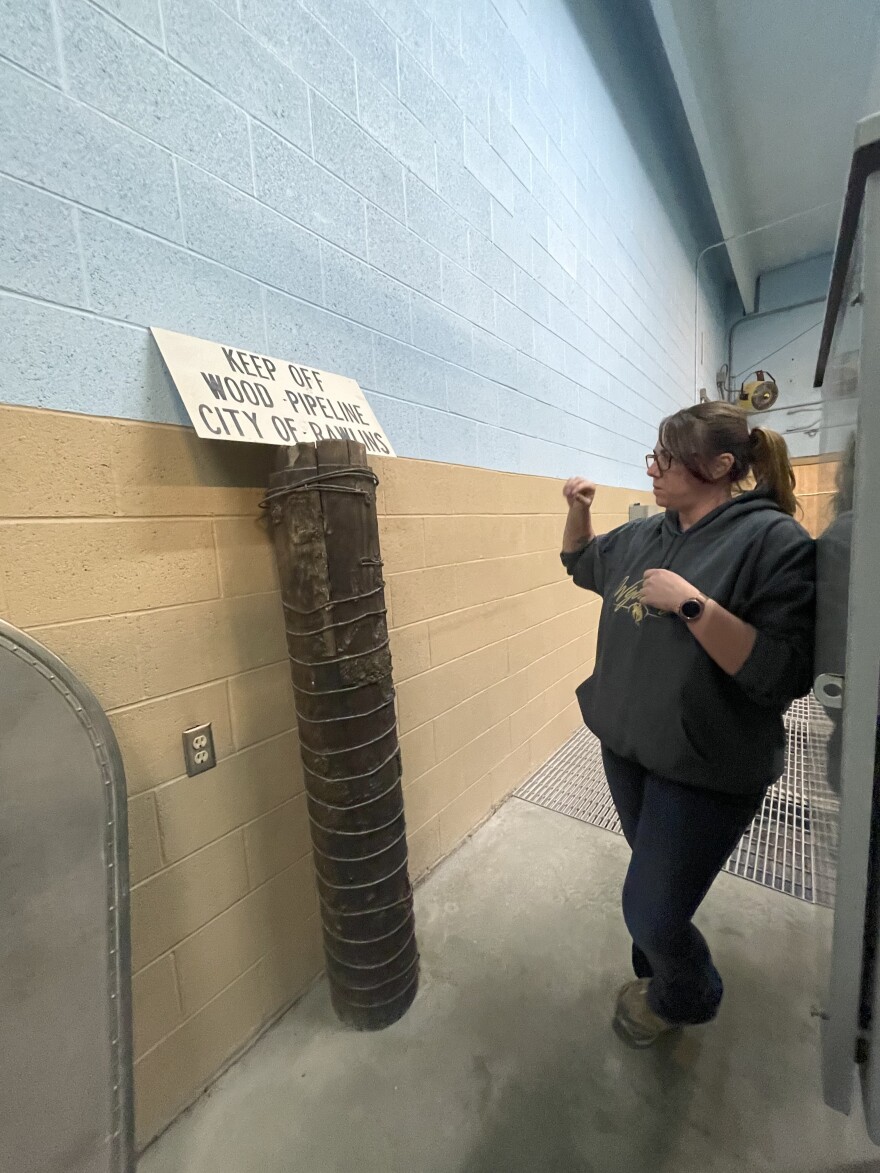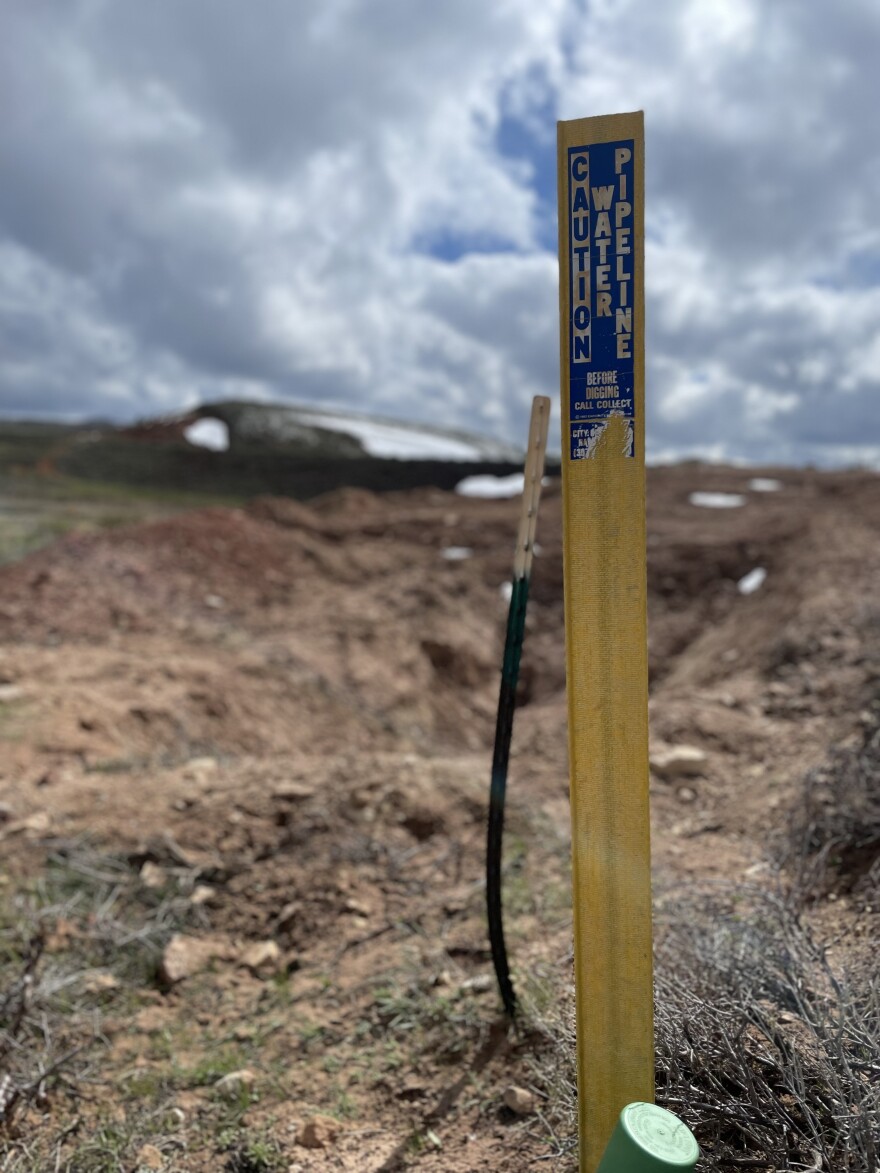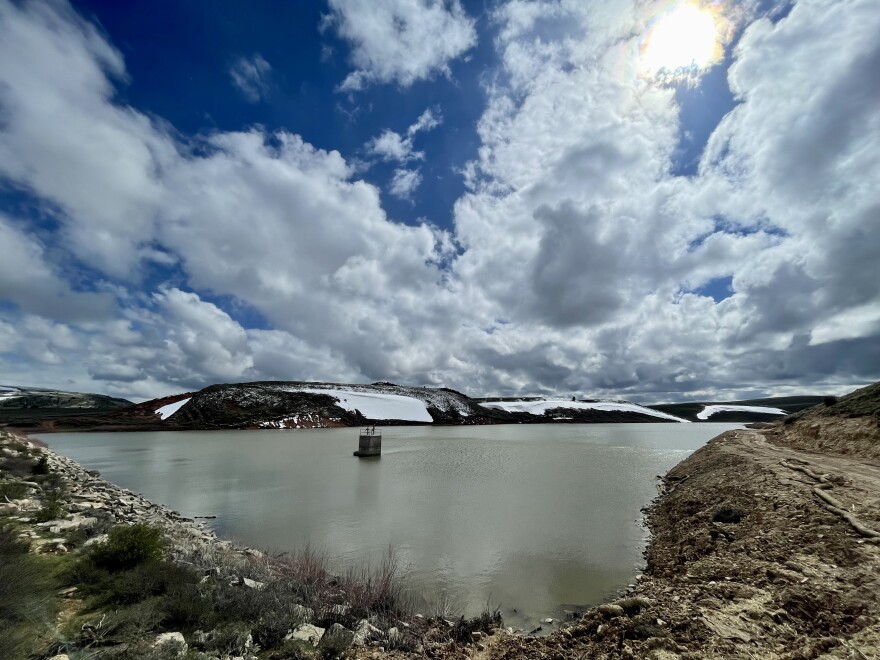On March 3, many Rawlins and Sinclair residents turned on their faucets only to find no water. School was canceled. Water use at the hospital was limited - workers had to haul buckets of water up several flights to flush toilets for patients. People did not know where to get drinking water.
The water shortage lasted for seven days.
Shawn Dahl, the owner of Buck's Sports Grill in Rawlins, had to close down during that time. Dahl said some restaurants had to shut their doors permanently.
"I think that's a situation like if that's going to put you out of business, you had way more problems in a water outage," he said.
Still, Dahl added that he has a grim view of the future if the city does not fix this problem.
"I personally think that it's just sad for Rawlins, Wyoming because people look over and they don't really have anything nice to say about Rawlins sometimes," he said. "And then we put ourselves into this sad situation where, you know, maybe it could have been prevented."

The City of Rawlins admitted that the water infrastructure has been ignored for many years - some of it is more than 100 years old. But, the area is also in a drought. These two things combined together created a catastrophic failure of the city's ability to deliver water to area residents.
Ultimately, a break in the water line is what caused there to be no water in March. The break might not have been so devastating, but the city was already running low on water.
Mira Miller, the community relations coordinator for the city of Rawlins, said last summer the city noticed the water flow was low, so they took a look into the infrastructure system.
"It was failing even faster than we had expected. It had been on [our] staff's radar before that we needed to look at it, but some major leakages must have sprung up," Miller said.
So they implemented water restrictions. The city found that much of the pipeline was corroded, there were leaks, faulty blow-off valves and some of the original piping was made of wood.
Construction began last year to fix the system, and because of this, the city was restricted to backup sources of water, including three different reservoirs and wells.
The main source of water for both Rawlins and Sinclair is a natural spring 32 miles away, which is much cleaner than the backup sources, said Stevie Osborn, the City of Rawlins water treatment plant operator. She said dirtier water is harder to filter.
"These filters will clog up, and then our filter runtimes go down, because they can run 999 hours without needing to be cleaned with the pure spring water," Osborne said.

That is about 41 days. The filters need to be cleaned every four hours when processing dirty water.
Osborne said the treatment plant was barely producing water fast enough to supply residents with water, so when the major water line break happened in March, the system could not keep up with demand.
Since the March event, the natural spring line was turned back on and some of the repairs were completed. But, Miller said Rawlins and Sinclair are still under water restrictions.
"We're about half of the flows daily that we normally receive. So some of that could be that the leaks have gotten worse, but I'm inclined to believe that it's also drought driven," Miller said.

Osborne also said that the natural spring is not producing the water flow it typically does.
"You walk up to it, and you can hear it. Because there's just so much going through it," she said. "Well, that's not the case right now, because we're not getting that snowpack that we used to."
According to data from the National Water and Climate Center, Rawlins had less than 70 percent of typical snow levels this past winter. Predictions show above average heat for this summer in the region.
Due to this, the city wants to continue work on the infrastructure - like building snow fences near the springs to collect more snowmelt, but also making the system less reliant on the springs. Miller said that is especially important.
"Snowpack and drought is happening along the West. That could affect us beyond this too, right? We'll just at least have the water infrastructure to capture the water we do have," she said.
It will ultimately be a $20 million project completed over three to five years. Miller said the city is hoping for $5 to $10 million to be funded through federal grants. The rest will be loans, meaning a hike in water rates.
For West Side Car Wash and Laundry owner Hans Pederson, the water shortages have taken a toll on his business. Pederson said he lost a third of his income in March.
"I really hope I can keep my business open and afford to make my payments because to put that kind of time and effort into something and lose it over something like this, it's really hard to take," he said.
Pederson added that if more water restrictions go into place it could likely put him out of business.
According to the city's water report, if current restrictions are not followed, the city anticipates running out of water by mid-June.
This story is part one of a two part series. Coming up in June, is a story about how Rawlins could be an example for other communities in a warming climate.








